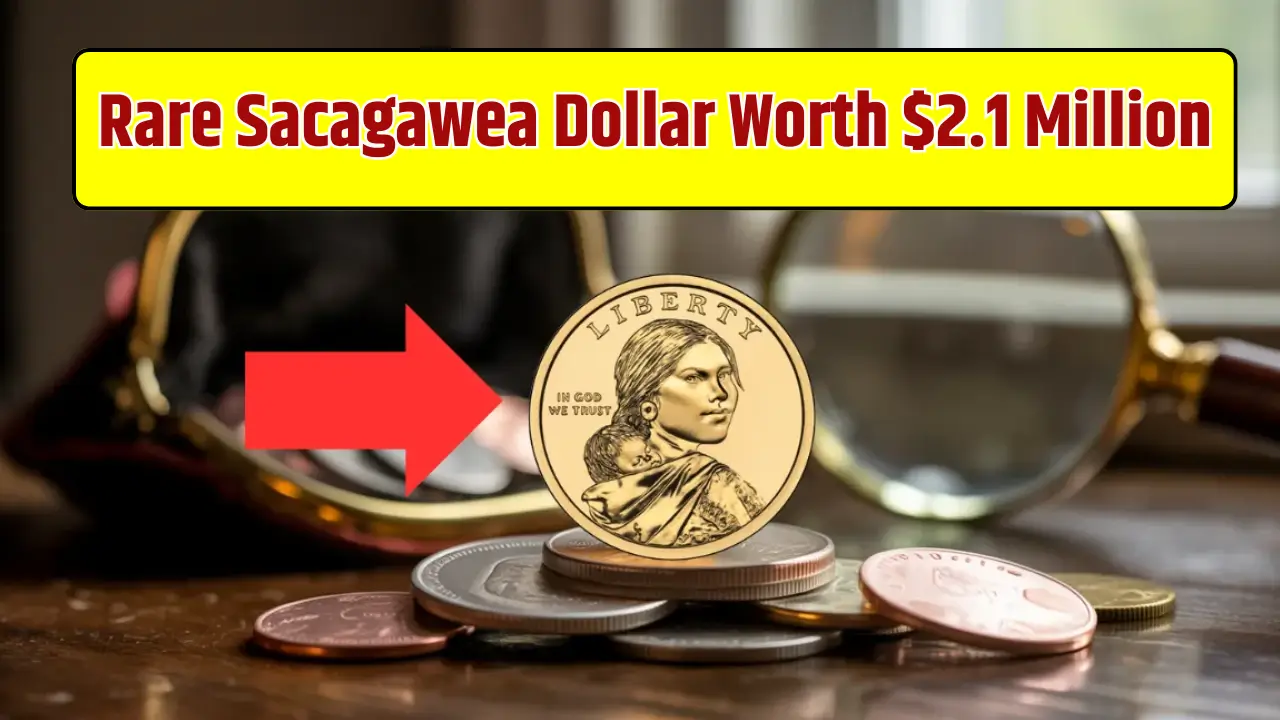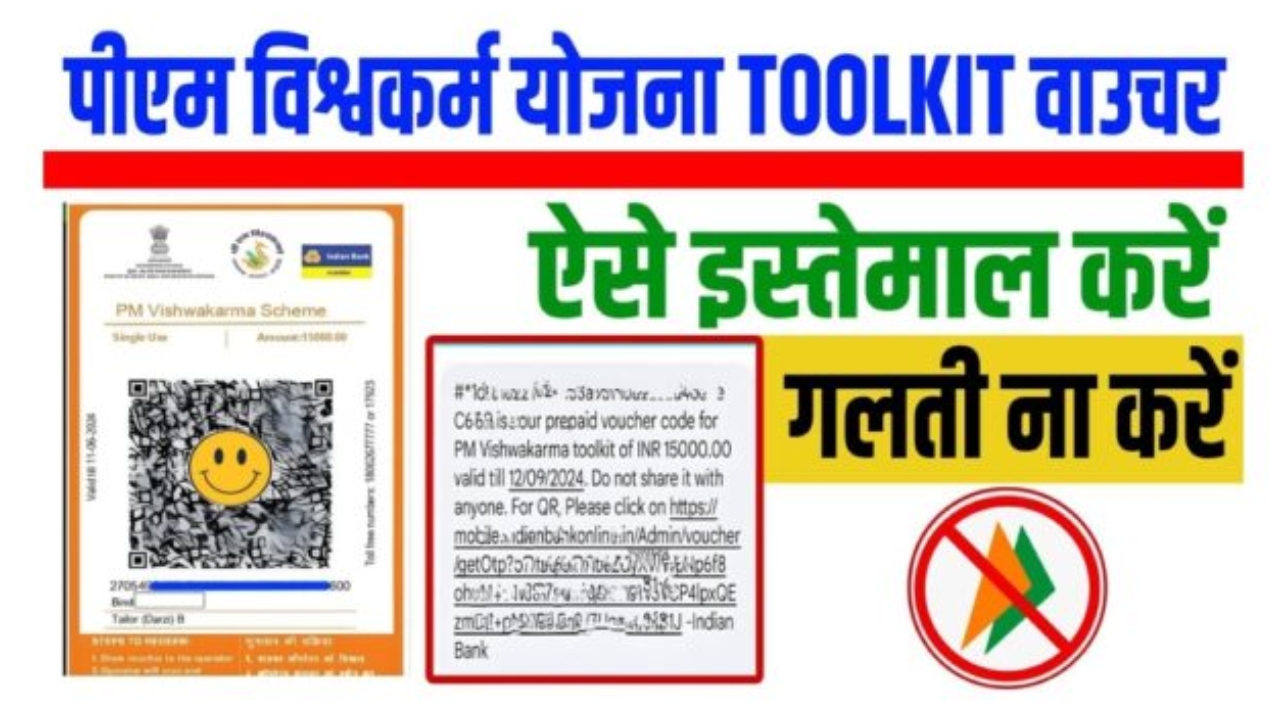The Sacagawea Dollar, introduced in 2000 by the United States Mint, was intended to become a commonly circulated coin highlighting the legacy of Sacagawea, the Shoshone woman who assisted Lewis and Clark on their historic expedition.
While many of these coins are used in everyday transactions and hold only face value, a handful of rare versions are now worth extraordinary amounts.
Among them, one unusual Sacagawea Dollar has been valued at an astonishing $2.1 million, transforming what might appear to be an ordinary coin into one of the most coveted collectibles in American numismatic history.
This article explores the background of the Sacagawea Dollar, what makes this rare coin so valuable, and how you can check whether you hold one of these rare treasures in your wallet or coin jar.
History of the Sacagawea Dollar
The Sacagawea Dollar was first minted in 2000 as a successor to the unpopular Susan B. Anthony Dollar. The U.S. Mint aimed to create a coin with more aesthetic appeal, improved usability, and cultural significance.
- Design Features:
The obverse (front) of the coin features Sacagawea carrying her infant son, Jean Baptiste, designed by artist Glenna Goodacre. The reverse originally depicted a soaring eagle, symbolizing freedom and hope. - Composition:
Most circulation coins were manufactured with a distinctive golden hue, composed of a manganese-brass alloy, though they do not contain actual gold. Despite the eye-catching colour, the coins struggled to circulate widely in the American economy, instead becoming more common among collectors.
What Makes the Rare Sacagawea Dollar Worth $2.1 Million?
The particular Sacagawea Dollar that reached the valuation of $2.1 million is not any ordinary issue but one tied to rare minting variations and unique circumstances. The most famous among them is the 2000 Sacagawea Dollar “Cheerios” variety.
- The Cheerios Dollar Story:
In early 2000, the U.S. Mint partnered with General Mills to distribute 5,500 coins in boxes of Cheerios cereal as part of a promotional campaign. Unbeknownst to collectors at the time, some of these “Cheerios Dollars” were struck with a special reverse eagle design, showing extra detail in the tail feathers.
Only a small number of these coins were ever released, making them incredibly rare today. When discovered by numismatists years later, they became one of the most desirable and valuable varieties of modern U.S. coins.
- Why $2.1 Million?
One particular Cheerios Sacagawea Dollar, verified in pristine condition and authenticated by grading institutions, fetched a staggering $2.1 million from a private collector. The combination of scarcity, perfect preservation, and historic promotional significance elevated the coin to this remarkable value.
Key Features of the $2.1 Million Sacagawea Dollar
To identify whether the Sacagawea Dollar in your wallet may be worth far more than its face value, attention to fine details is critical.
| Feature | Standard Sacagawea Dollar | Rare Cheerios Sacagawea Dollar |
| Release Year | 2000 | 2000 |
| Distribution | General circulation through banks | Limited release in Cheerios boxes |
| Reverse Design | Standard eagle with simplified tail feathers | Enhanced tail feathers with detailed texture |
| Estimated Value | $1 (face value) or minor premium | Up to $2.1 million depending on condition |
| Scarcity | Hundreds of millions minted | Only a small confirmed number in circulation |
Other Collectible Sacagawea Varieties
While the Cheerios variant is the most valuable, other Sacagawea Dollars have drawn significant interest among collectors as well.
- Minting Errors: Certain coins show double strikes, off-center errors, or defects that increase collector value.
- Special Proof Coins: The Mint also issued proof versions of the Sacagawea Dollar for collectors, often in limited quantities that today command healthy premiums.
- 2000-P Goodacre Presentation Dollars: 5,000 specially struck coins were presented to Glenna Goodacre as payment for her design work, all graded and packaged distinctly. These coins also fetch significantly more than face value, although nowhere near the Cheerios Dollar’s $2.1 million benchmark.
Why Is the Sacagawea Dollar Important to U.S. Numismatics?
Even apart from its incredible collectible variations, the Sacagawea Dollar represents a major cultural and historical milestone in U.S. coinage.
- Representation of Native American Contributions: Sacagawea’s role in American history was honoured in permanent circulation coinage, celebrating diversity and heritage.
- Attempt at Circulation Renewal: Despite limited success in daily transactions, the coin reflected U.S. Mint innovations in design and composition.
- Value to Collectors: Modern dollar coins like the Sacagawea have developed niche but passionate collector markets, proving that even contemporary coins can achieve legendary status.
How to Check If You Have a Valuable Sacagawea Dollar
Collectors and everyday individuals alike should be mindful when checking their change or old coin collections. Here is what to look for:
- Inspect coins minted in the year 2000 closely.
- Examine the reverse design of the eagle’s tail feathers for enhanced detail.
- If the coin seems unusual, consider professional grading services that can authenticate and determine market value.
Value Comparison of Sacagawea Dollar Varieties
| Sacagawea Dollar Type | Circulation Number | Market Value Range |
| Regular 2000 Circulation Coin | Hundreds of millions | $1 – $5 (depending on condition) |
| 2000-P Cheerios Dollar | Less than 100 confirmed in circulation | Up to $2.1 million |
| 2000-P Goodacre Presentation Dollar | 5,000 pieces | $500 – $1,200 |
| 2008-2016 Native American Themed Designs | Varies yearly | $1 – $20 (collectible premiums) |
| Minting Error Sacagawea Dollars | Rare occurrences | $100 – $10,000+ based on error type |
Why the Rare Sacagawea Dollar Fascinates Collectors
The fascination lies in the combination of chance and rarity. A coin initially dropped into a cereal box giveaway, overlooked as an everyday promotional trinket, now stands as one of the most valuable modern coins in American history.
It reminds coin enthusiasts and casual collectors alike that treasures often hide in the most ordinary places.
Collectors prize it not just for monetary value but for the sense of discovery, history, and connection it provides. Finding one in circulation today would be comparable to winning a lottery in the numismatic world.
Frequently Asked Questions (FAQs)
1. What is the rarest Sacagawea Dollar?
The rarest and most valuable is the 2000-P Wounded Eagle or Cheerios Sacagawea Dollar, with enhanced tail feather detail, some valued at up to $2.1 million.
2. How can I tell if my Sacagawea Dollar is valuable?
Check the year (2000), and examine the eagle’s tail feathers. If the design shows extra detail or the coin originated from the Cheerios promotion, it may be rare.
3. Are all 2000 Sacagawea Dollars worth money?
No, most are only worth face value. Only special varieties or minting errors command high prices among collectors.
4. Why did the Sacagawea Dollar fail in circulation?
Despite its attractiveness, Americans preferred paper bills for ease of use, and the coin never gained widespread adoption in commerce.
5. Can modern coins really be worth millions?
Yes, coins like the Cheerios Sacagawea Dollar prove that even recent issues can become immensely valuable due to rarity, condition, and collector demand.
















